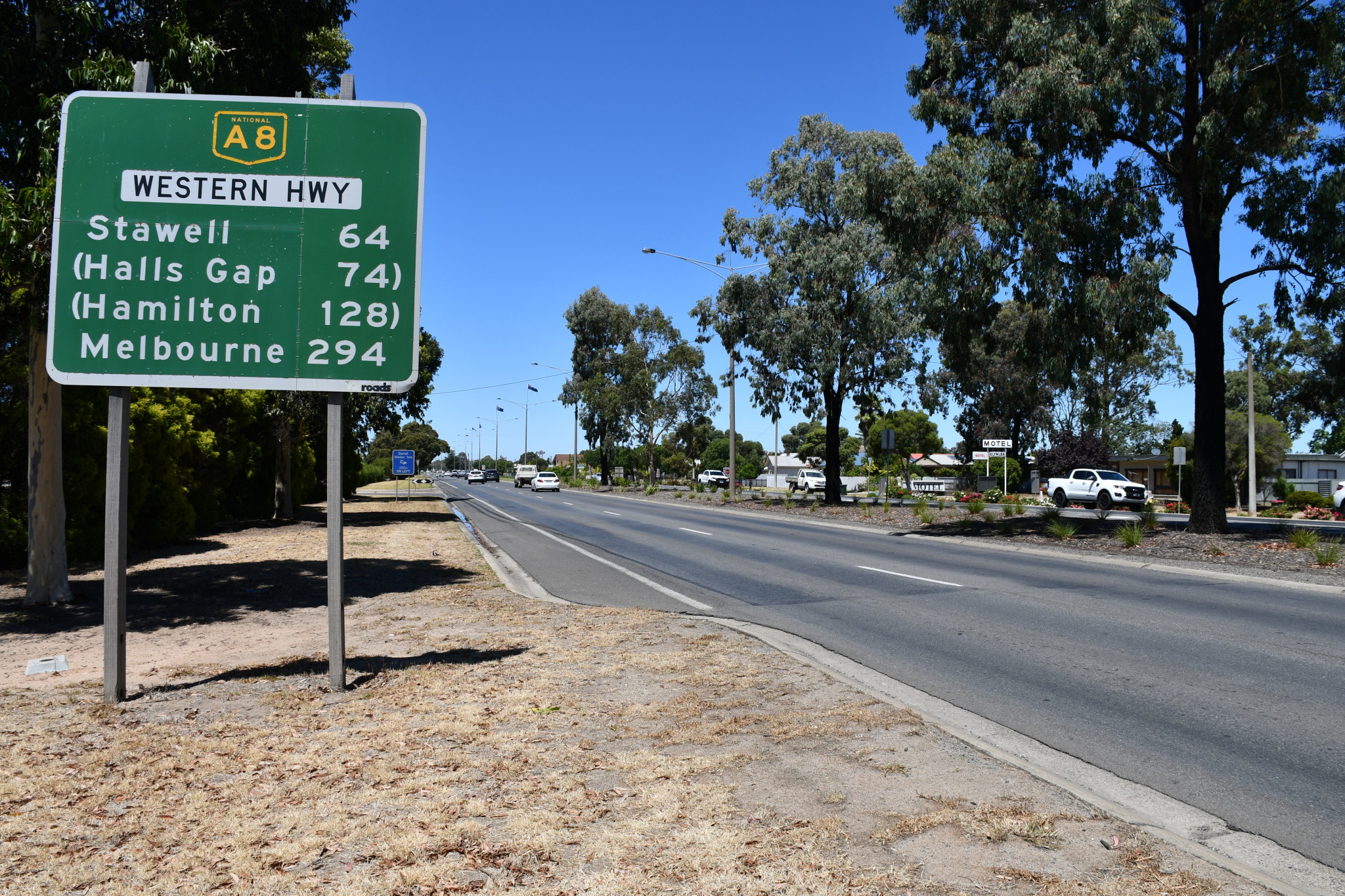General News
26 August, 2025
Council adopts Western Highway plan
The West Wimmera Shire Council has adopted a new advocacy strategy to push for safety and freight improvements along the Western Highway.

At its August meeting, the Council endorsed the Western Highway Action Committee Advocacy Strategy, which sets out minimum expectations for highway infrastructure to meet growing freight demands and improve safety for all road users.
The document will guide Council’s advocacy within the action committee and in direct representations to state and federal governments.
The strategy highlights the need to address mobile black spots on emergency detour routes and ensure prompt maintenance of wire road barriers.
West Wimmera Shire Council mayor Tim Meyer said the strategy would help ensure the Shire’s voice is heard in key planning forums.
“We’re in the unique position of being at the end of the line, so many of our priorities focus on safety because we often face the toughest conditions,” he said.
“However, we are supportive of all upgrades on the highway. An upgrade at Caroline Springs is a benefit to us; an upgrade at Horsham is a benefit for us.
“This strategy is not just about trying to fix things in our neck of the woods – it’s an important document for the entire region.”
Council’s long-term priorities include duplicating the highway between Nhill and the South Australian border, achieving cross-border freight consistency through standardised road conditions and signage, planning for alternate routes during closures, and building climate-resilient infrastructure that can withstand flooding, extreme heat and heavy freight wear.
Short-term priorities focus on immediate safety and efficiency gains, such as sealed shoulders broad enough for vehicles to stop safely, maintaining clear roadside areas, expanding wide centreline treatments to reduce head-on crashes, and installing wire rope barriers and guardrails in high-risk areas.
Council also wants more overtaking lanes and slow vehicle turnouts, upgraded intersections and turning lanes, and modern all-weather rest areas for heavy vehicles to support fatigue management.
Cr Meyer said several safety issues needed urgent attention.
“Some of these changes, like overtaking lanes and sealed shoulders, could save lives right now,” he said.
“Others, like duplication and climate-resilient designs, are about making sure the highway serves us well for decades to come.”
He said adopting the strategy reinforced the Council’s commitment to safer, more reliable road connections for freight operators, industry and the wider community.
Read More: Edenhope